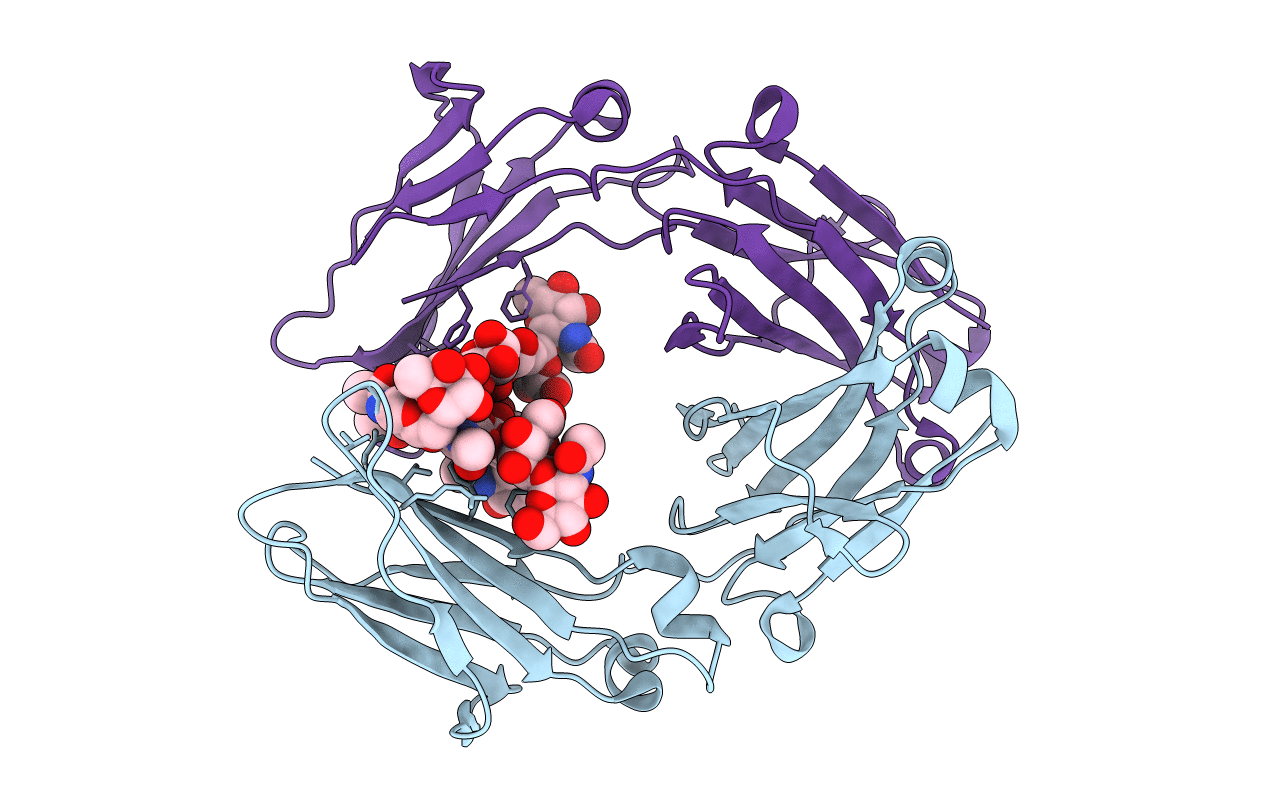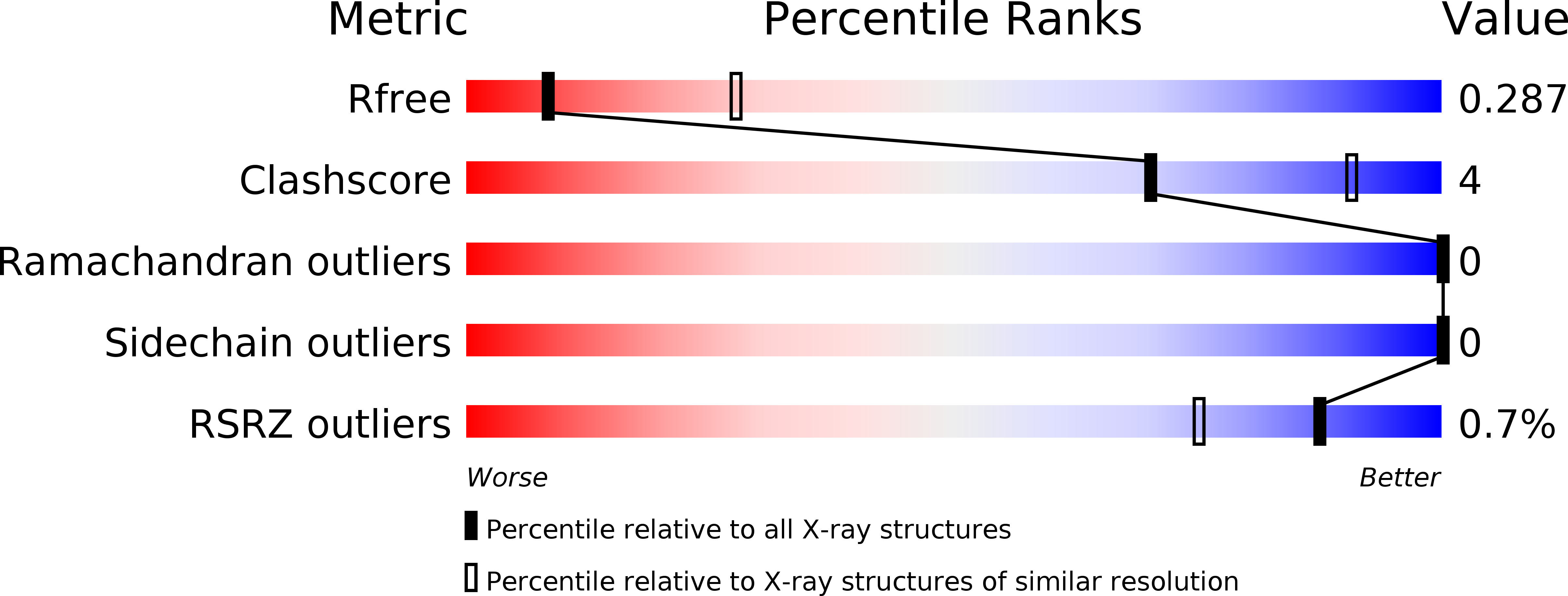
Deposition Date
2017-04-27
Release Date
2017-08-30
Last Version Date
2024-11-20
Method Details:
Experimental Method:
Resolution:
3.10 Å
R-Value Free:
0.28
R-Value Work:
0.22
R-Value Observed:
0.23
Space Group:
P 61


